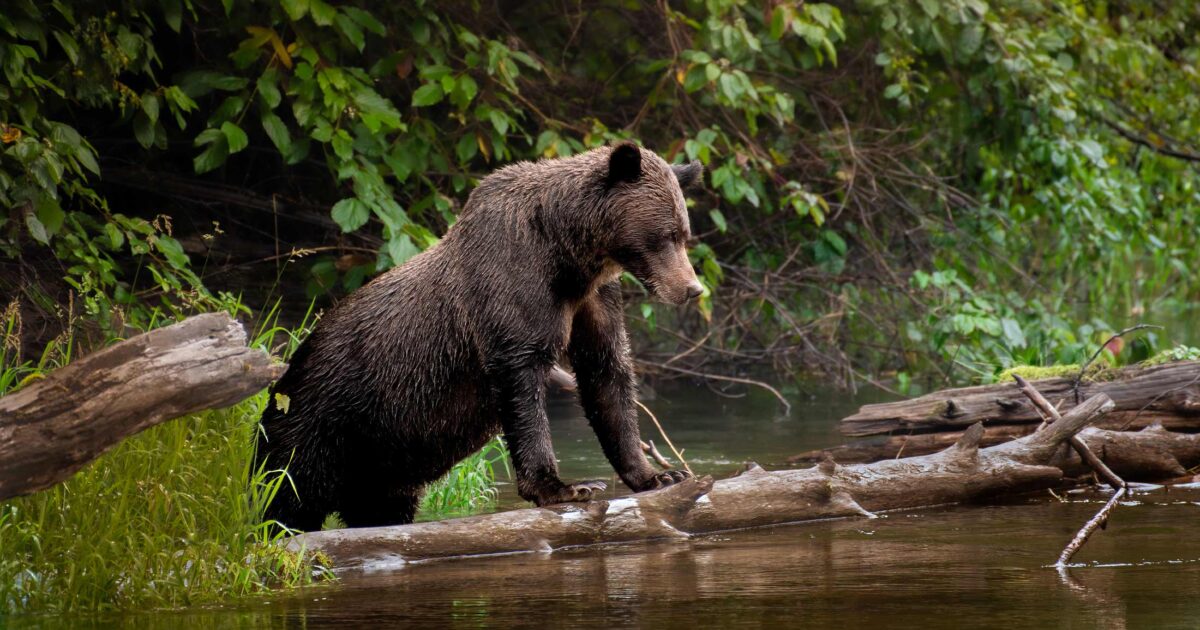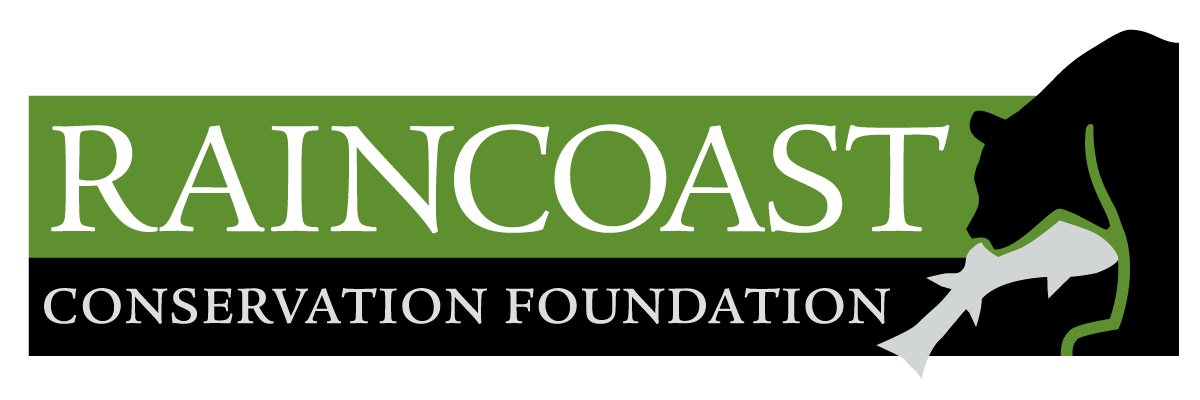Grizzly bears shy away from bear ecotourism sites when visitor numbers are high, except when salmon is scarce

A new study, “Influence of ecotourism on grizzly bear activity depends on salmon abundance in the Atnarko River corridor, Nuxalk Territory” released today in the journal, Conservation Science and Practice, finds that grizzly bear activity is affected by ecotourists in diverse ways that depend on how many salmon are present in the ecosystem.
When salmon are abundant, grizzlies reduce their activity in stream segments that flow by land-based ecotourism sites during weeks when visitor numbers were high. When salmon are scarce, however, the opposite pattern occurred: bear activity increased when there are more people present in the ecotourism areas, which offer some of the river’s easiest-to-catch fish.
Which bears are present also depends on conditions. During daylight hours, and when tourist numbers are high, more bear activity is comprised of moms with cubs and sub-adults. These are the types of bears that are apparently more tolerant of people, and can even use tourists as ‘human shields’ against dominant male grizzly bears, which can kill other bears.
Collectively, these patterns suggest that grizzlies can tolerate humans when food is constrained to places where numbers of people are high or when there is a possible safety advantage among humans. But when food is available elsewhere, bears that are less tolerant of people re-allocate their time away from human activity, where they can presumably find fish beyond areas with many tourists.
“The highest number of land-based bear viewers occurred at a site that is not formally designated for bear viewing. In a context of scarce salmon and high visitor numbers, bears have a choice: stay with a crowd of people and eat, or move and possibly forgo an easy meal,”says Kate Field, PhD student with the University of Victoria and Raincoast Conservation Foundation.“A low-food, high-human condition isn’t ideal for bears who are less tolerant of people.”
“This important work ensures that BC Parks is meeting its conservation mandate,” says Steven Hodgson, Parks and Protected Area Section Head out of Bella Coola. “The successful outcome of this research is the result of strong collaboration between Nuxalk Nation, BC Parks, University of Victoria and Raincoast Conservation Foundation and allows managers to know if conservation objectives established for wildlife viewing are being met.”
“Our study’s findings remind us that we need to take extra care of our bears and the salmon they rely on,” offers Jason Moody, Nuxalk Fisheries and Wildlife Program Manager and study partner. “Nuxalk have co-existed with bears for millennia, and it’s our responsibility to ensure this continues in the context of ecotourism in the Atnarko spawning grounds as well.”
The study was solicited by managers from the Nuxalk First Nation and British Columbia Parks to understand the potential influence of ecotourism on grizzly bear activity in the Atnarko River Corridor, within Nuxalk Ancestral Territory. Researchers analyzed three years of data collected from remote cameras during the ecotourism season, which occurs in the pre-hibernation period when bears need to eat abundant salmon to stay healthy.
The authors note that bear culture, personality, and individual capacity for logic and thought are important individual traits of grizzlies, which are not captured via remote camera detections, a measure that pools the detections of unknown individuals. Whereas this new study confronts only one of three lines of inquiry (i.e., broad activity patterns via analysis of remote camera data) associated with the research project, ongoing analyses of behavioral and genetics data will aim to yield more detailed inference at the individual bear level.
